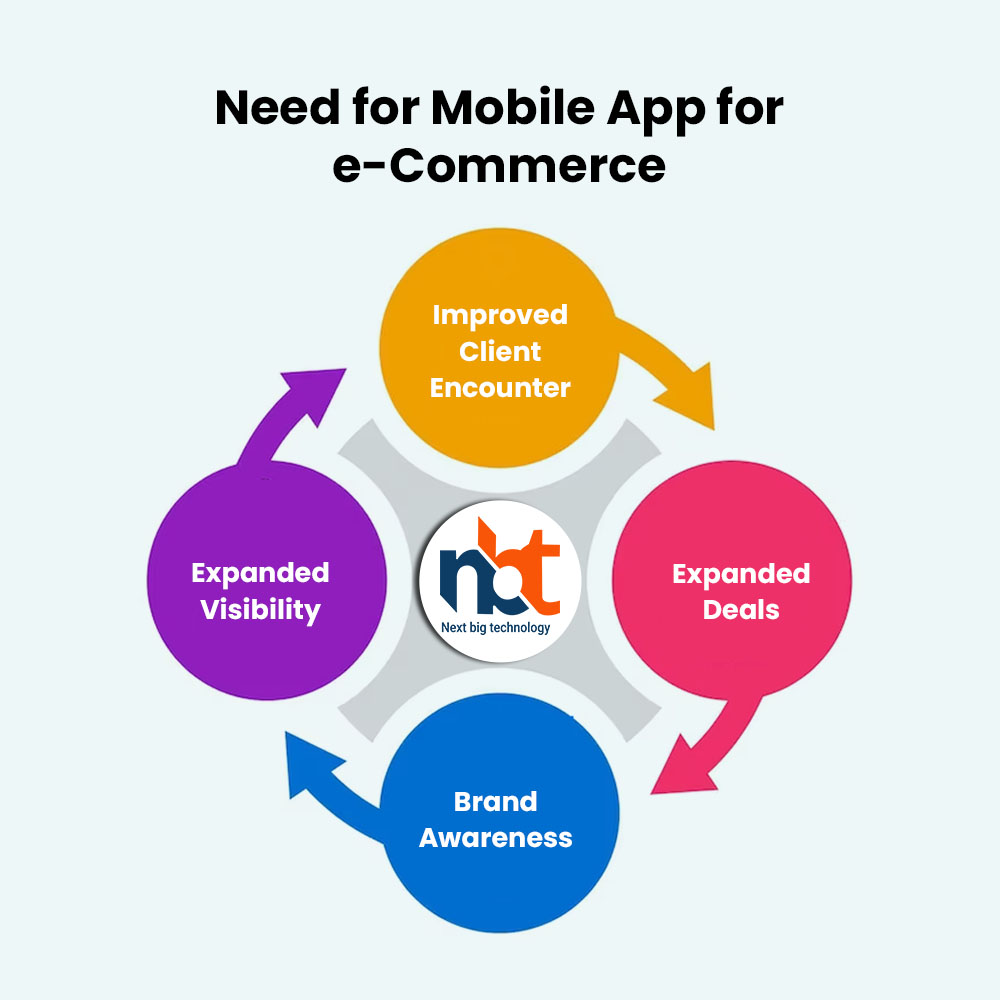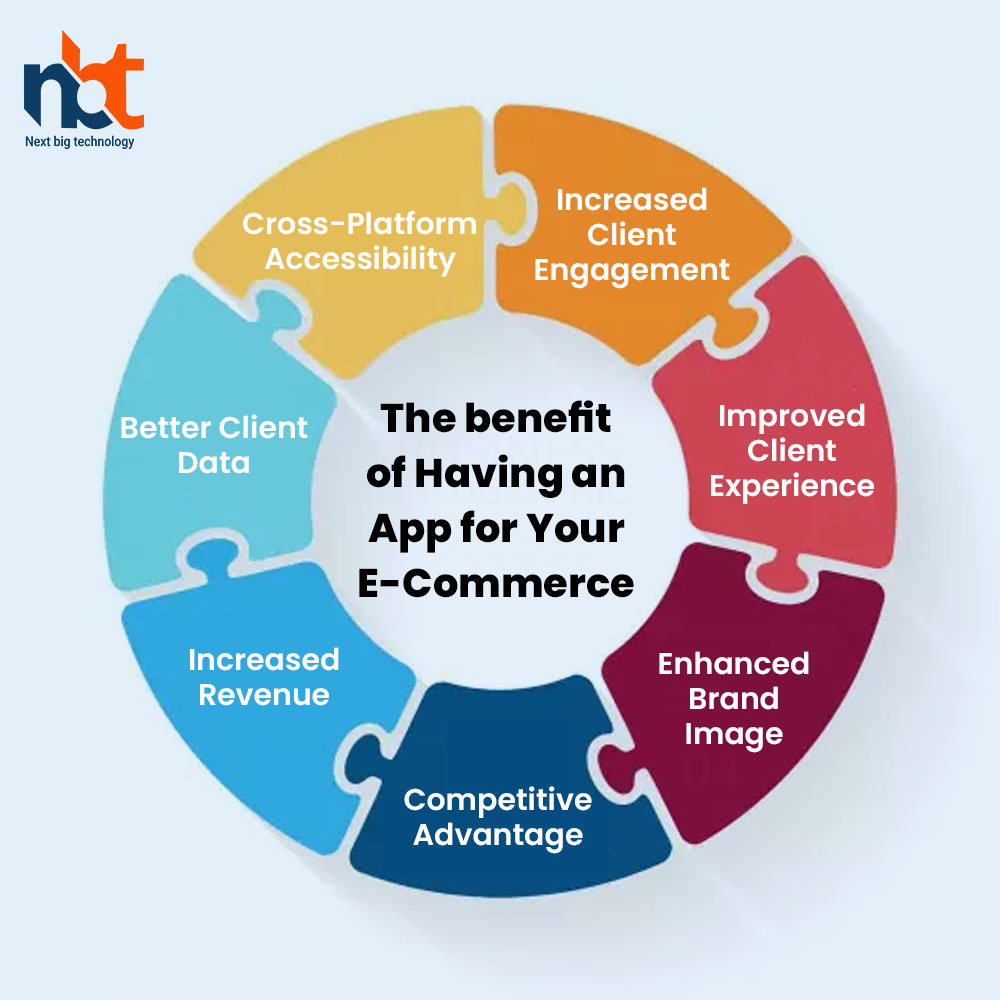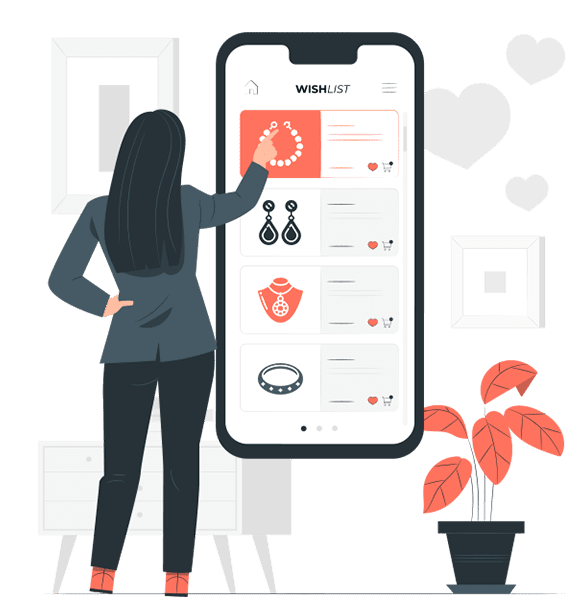Table of Contents
Introduction
The eCommerce industry has witnessed remarkable growth, with a significant shift towards online shopping experiences. As businesses adapt to this digital landscape, developing an eCommerce app has become crucial to reach a wider audience and enhance customer engagement. However, one common question that arises is the cost of developing an eCommerce app. In this informative blog post, we will explore the various factors and considerations that contribute to the overall cost of developing an eCommerce app. By understanding these factors, entrepreneurs and businesses can gain valuable insights to help them plan and budget their eCommerce app development project effectively.
I. Defining the Scope and Essential Features
Before estimating the cost, it is essential to define the scope of your eCommerce app and identify the features it will offer. Here are some key features commonly found in successful eCommerce apps:
-
User Registration and Authentication:
- Email/phone number-based registration
- Social media integration for easy sign-up
- Secure login and authentication mechanisms
-
Product Catalog and Search:
- Intuitive product browsing and search functionality
- Product categorization and filtering options
- Product details, images, and customer reviews
-
Shopping Cart and Checkout:
- Add to cart functionality
- Secure payment gateway integration
- Multiple payment options (credit card, digital wallets, etc.)
- Order tracking and shipment notifications
-
User Profiles and Personalization:
- User profiles with order history and wishlist functionality
- Personalized recommendations and product suggestions
- Saved addresses and payment methods for easy checkout
-
Admin Dashboard:
- Backend management for product inventory and pricing
- Order management and processing
- Content management for banners, promotions, and discounts
II. Factors Influencing Development Cost
Several factors contribute to the overall cost of developing an eCommerce app. Let’s delve into these factors to gain a deeper understanding:
-
Mobile App Platforms:
- Choosing the platform(s) on which the app will be developed (iOS, Android, or both)
- Considering the user base and market share of each platform
-
Design and User Interface:
- Creating an appealing and user-friendly interface (UI) and user experience (UX)
- Customization requirements to align with brand identity
-
Development Approach:
- Native app development (iOS and Android) or cross-platform development using frameworks like React Native or Flutter
- The choice between custom development and using pre-built eCommerce app templates
-
Backend Development:
- Developing a robust backend infrastructure to handle product catalog, user data, order management, and payment processing
- Integration with third-party services like payment gateways, inventory management systems, and shipping providers
-
Technology Stack:
- Selection of programming languages, frameworks, and libraries for app development
- Database management system (e.g., MySQL, MongoDB)
- Integration of security measures to protect user data
-
Team Composition and Expertise:
- The size and composition of the development team
- Hiring in-house developers or outsourcing the development to a third-party agency
- The expertise and experience level of the development team
-
Testing and Quality Assurance:
- Comprehensive testing, including functional testing, usability testing, and performance testing
- Bug fixing and quality assurance measures
III. Cost Estimation and Budgeting
Accurately estimating the cost of developing an eCommerce app can be complex due to the various factors involved. Here are some approximate cost ranges based on industry averages:
-
Basic eCommerce App:
- Standard features such as product catalog, shopping cart, secure payment integration, and user profiles
- Cost Range: $10,000 – $20,000
-
Mid-Range eCommerce App:
- Advanced features like personalized recommendations, social sharing, order tracking, and customer support integration
- Integration with third-party services (analytics, marketing tools, etc.)
- Cost Range: $20,000 – $50,000
-
Advanced eCommerce App:
- Highly complex features, extensive customization, multi-vendor functionality, and augmented reality (AR) product visualization
- Scalable architecture to handle high traffic and large product catalogs
- Cost Range: $50,000 – $100,000 or more
It’s important to note that these cost ranges are estimates and can vary depending on project requirements, geographic location, and development approach.
Also Read : A Complete Guide For Fashion eCommerce App Development
IV. Post-Development Considerations
Apart from the initial development cost, there are ongoing expenses to consider:
-
Maintenance and Updates:
- Regular maintenance, bug fixing, and performance optimization
- Compatibility updates for new operating system versions and devices
-
Server Costs and Hosting:
- Hosting the app’s backend infrastructure and database
- Scaling server resources to handle increasing user traffic
-
Marketing and Promotion:
- Promoting the app through marketing campaigns, advertising, and user acquisition strategies
- Ongoing efforts to attract and retain users
Also Read : All About eCommerce App Development
Conclusion
Developing an eCommerce app involves various factors and considerations that impact the overall cost. By understanding the scope, features, technology stack, and other relevant factors, entrepreneurs and businesses can make informed decisions and budget effectively for their eCommerce app development project. While the costs may vary depending on specific requirements, careful planning, effective project management, and partnering with experienced professionals can help ensure a successful and cost-effective eCommerce app development journey.
Thanks for reading our post “Unveiling the Cost of Developing an eCommerce App: Factors, Considerations, and Insights”. Please connect with us to know more about multivendor eCommerce App Development.













